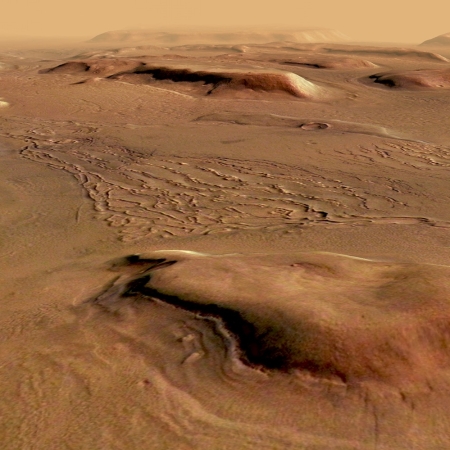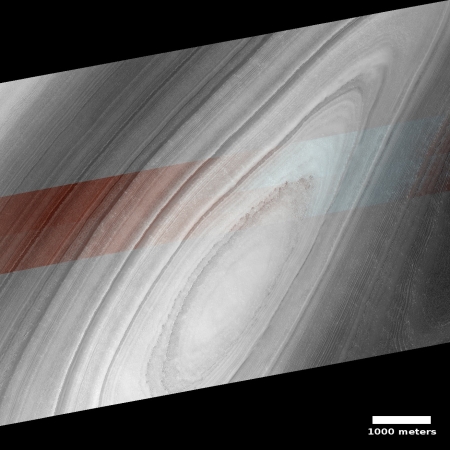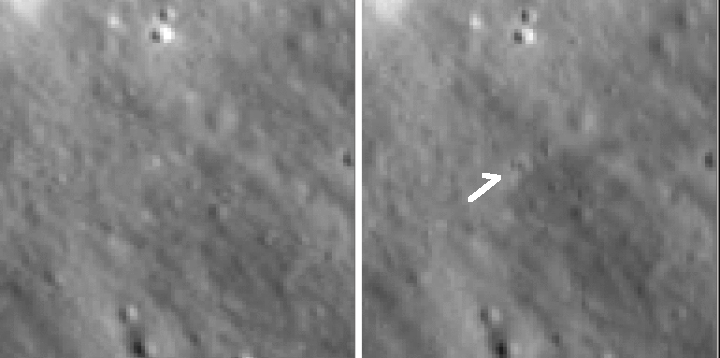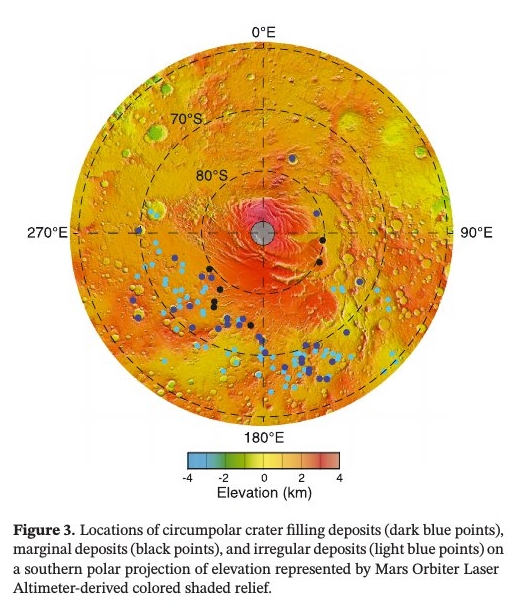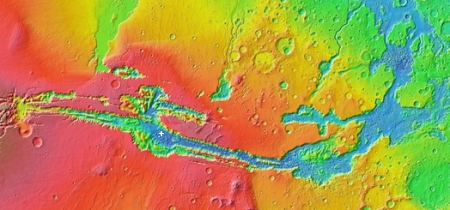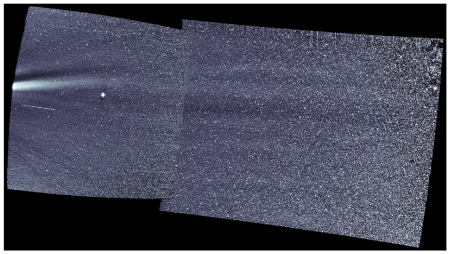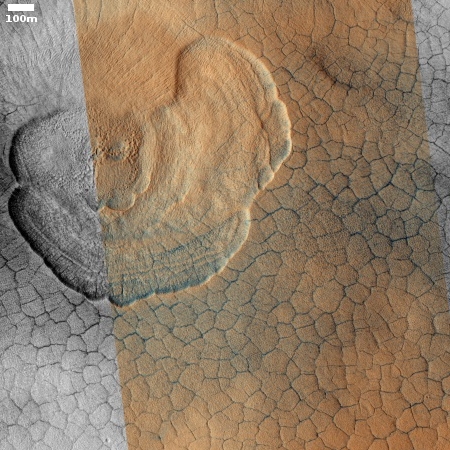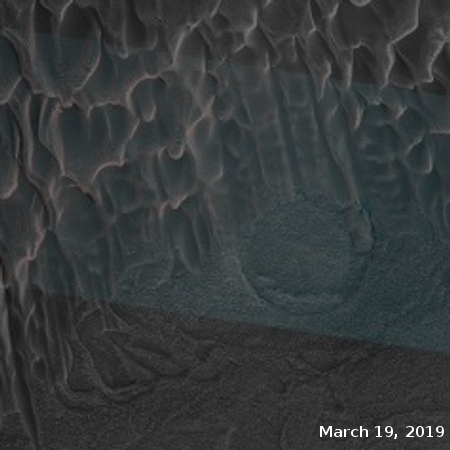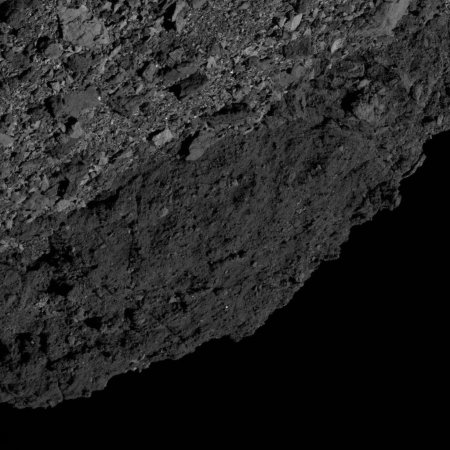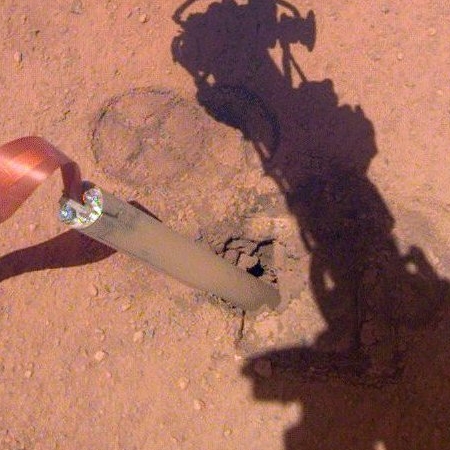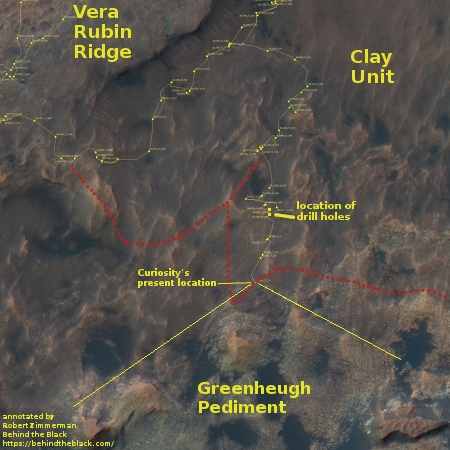Supreme Court allows Mann defamation case to proceed
The Supreme Court today ruled that the defamation suit of global warming activist Michael Mann against the National Review and the Competitive Enterprise Institute can go forward.
On Monday, the Supreme Court denied a petition by the Competitive Enterprise Institute and National Review magazine to rehear and dismiss the defamation lawsuit brought by well-known climate scientist Michael Mann. The Competitive Enterprise Institute and National Review have been fighting for years to dismiss the case before it goes to trial, but the Supreme Court’s denial means the case will move forward in D.C. district court.
The Supreme Court rejected the petition without comment. But Justice Samuel Alito, a conservative, dissented, arguing that the case addresses critical freedom of speech and freedom of the press issues.
The court has basically ruled that Mann should be allowed his day in court. Since the case stems from criticism of Mann’s shoddy climate science work, I suspect he will find himself having problems once that day arrives, as he did in Canada.
The bad part of this is that it allows Mann to achieve part of his strategy, which is to chill any criticisms of his shoddy work, out of fear he will sue and thus cost the critic a lot of money mounting a defense. No one should be allowed to use the law as a weapon to prevent criticism, especially if that criticism successfully proves the nature of that person’s very shoddy and incompetent climate research, including faking data and hiding pertinent real data.
UPDATE: I have crossed out the words above because they misconstrued my intended meaning. Mann’s effort to use the law to try to squelch opposing points of view is wrong, but in a free society we must allow him this bad behavior. If the law functions properly, his misbehavior (and shoddy science work) will become very evident with time.
By the way, did I mention that Mann’s scientific work is generally very shoddy, and not very trustworthy?
The Supreme Court today ruled that the defamation suit of global warming activist Michael Mann against the National Review and the Competitive Enterprise Institute can go forward.
On Monday, the Supreme Court denied a petition by the Competitive Enterprise Institute and National Review magazine to rehear and dismiss the defamation lawsuit brought by well-known climate scientist Michael Mann. The Competitive Enterprise Institute and National Review have been fighting for years to dismiss the case before it goes to trial, but the Supreme Court’s denial means the case will move forward in D.C. district court.
The Supreme Court rejected the petition without comment. But Justice Samuel Alito, a conservative, dissented, arguing that the case addresses critical freedom of speech and freedom of the press issues.
The court has basically ruled that Mann should be allowed his day in court. Since the case stems from criticism of Mann’s shoddy climate science work, I suspect he will find himself having problems once that day arrives, as he did in Canada.
The bad part of this is that it allows Mann to achieve part of his strategy, which is to chill any criticisms of his shoddy work, out of fear he will sue and thus cost the critic a lot of money mounting a defense. No one should be allowed to use the law as a weapon to prevent criticism, especially if that criticism successfully proves the nature of that person’s very shoddy and incompetent climate research, including faking data and hiding pertinent real data.
UPDATE: I have crossed out the words above because they misconstrued my intended meaning. Mann’s effort to use the law to try to squelch opposing points of view is wrong, but in a free society we must allow him this bad behavior. If the law functions properly, his misbehavior (and shoddy science work) will become very evident with time.
By the way, did I mention that Mann’s scientific work is generally very shoddy, and not very trustworthy?

